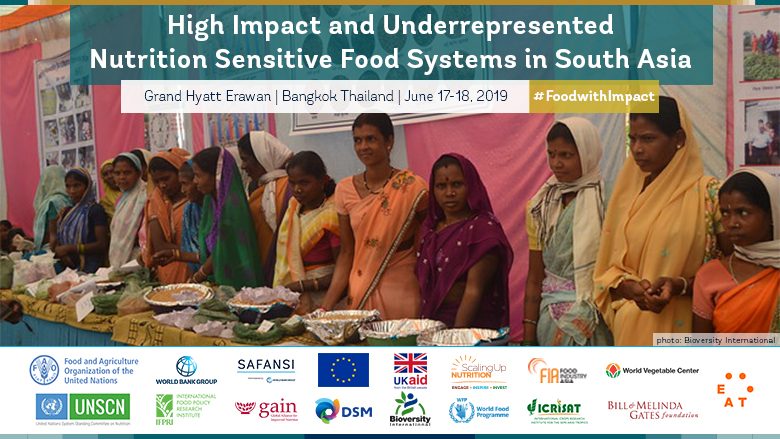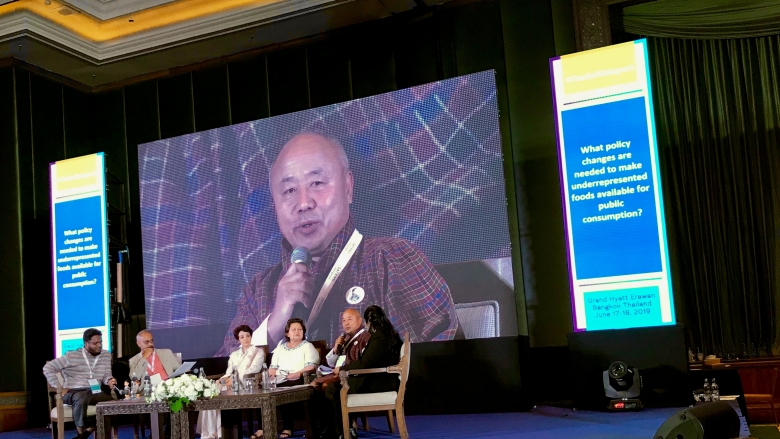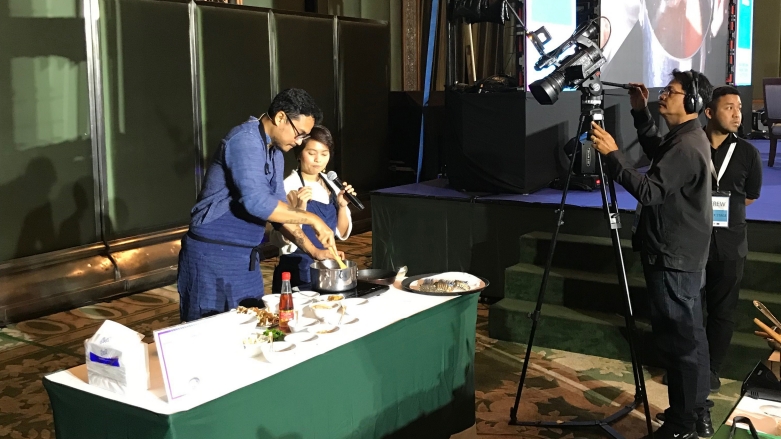As South Asian countries become more prosperous, governments, civil society organizations, and other stakeholders across the region have shifted their attention from simply providing sufficient calories to ensuring that diets include the right nutrients, thus hoping to tackle malnutrition at the root.
Indeed, there is a difference between food, in general, and nutritious food.
While food may provide enough calories for a day, nutritious food packs adequate calories as well as micro and macro-nutrients, including vitamins and minerals that are essential to good health.
On June 17-18, more than 120 government officials, civil society organizations, private sector members, international donors, practitioners, and stakeholders from around South Asia convened at a regional roundtable “High Impact and Underrepresented Nutrition Sensitive Food Systems in South Asia” in Bangkok, Thailand.
.
The roundtable drew on the latest evidence from current food and nutrition policies and programs from around the region.
Opening the event, Dr. Birgit Hansl, World Bank Country Manager for Thailand, enticed participants to “work collaboratively, together, to improve nutrition.” She exhorted the audience to “ …Think of all we can learn together – and how we can turn these ideas and lessons into action.”
Later that day, Kjersti Rødsmoen, the Ambassador-designate to Thailand and Cambodia from Norway, underscored that point, emphasizing that “we have more knowledge together than we have alone.”



